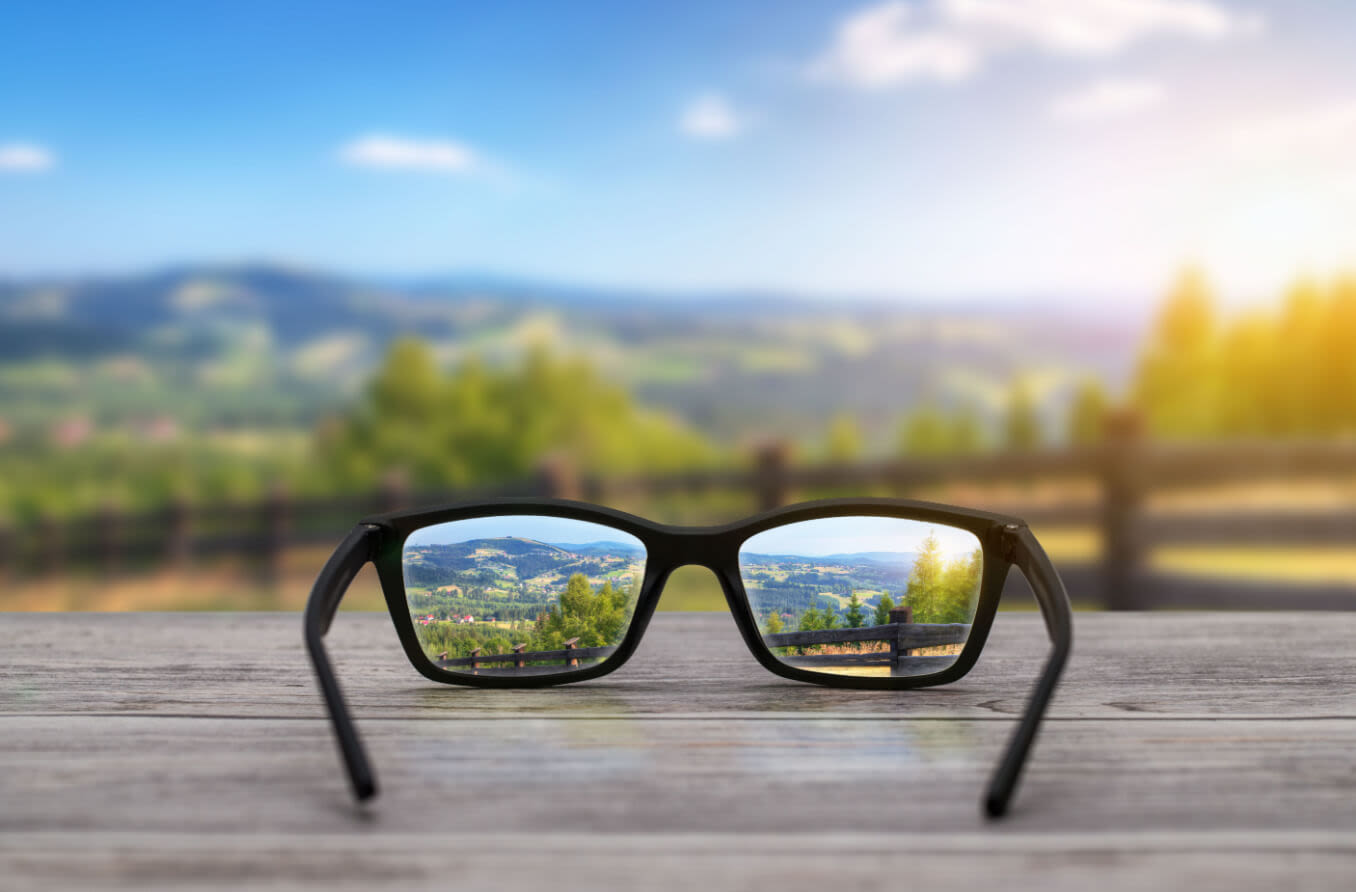Nearsightedness: Does it have another name?

Other names for nearsightedness are: myopia and shortsightedness. In many parts of the world, the words myopia and nearsightedness are used interchangeably. Shortsightedness is another synonym for nearsightedness. This is a British term that's used in the UK and other countries.
Myopia is the medical term for the condition, and the other two are commonly used names.
If you're into etymology (the study of the origin of words), the term myopia comes from Greek word roots that mean "to close the eyes." This is a reference to the primary sign that a person is nearsighted: squinting.
Myopia causes distant objects to look blurry until they are close to the eyes. The main signs and symptoms of myopia include:
Having blurry distance vision
People who are nearsighted may have difficulty recognizing faces across a room or reading road signs while driving.
Children who are becoming nearsighted will have trouble reading the chalkboard or whiteboard in their classrooms. They may need to sit near the front of the room to see it clearly.
People who are nearsighted may also notice problems when playing certain sports. This is especially true if it requires good distance vision. For example, it can be very difficult to squarely hit a baseball if it looks blurry until the last moment!
When looking at the eye chart during an eye exam, shortsighted people will have reduced visual acuity. In other words, they can only make out the larger letters near the top of the chart, not the small letters near the bottom.
Their visual acuity might be recorded as 20/40, 20/60, 20/80 or some other fraction. This is because they are only able to see the small letters at 20 feet, while someone with 20/20 vision can see them at 40, 60 or 80 feet away.
Thankfully, blurry vision from nearsightedness can usually be corrected. Prescription eyeglasses and contact lenses are very common methods for correcting myopia.
Refractive surgery like LASIK is also very common. However, refractive surgery is only recommended for adults whose myopia prescription has stabilized.
Nearsightedness usually begins in childhood. Because of this, many nearsighted kids think their blurry vision is normal. This is one reason pediatric eye exams are very important, even if your children aren't complaining of vision problems.
Eye doctors recommend pediatric eye exams at 6 months of age, 3 years old and then yearly once children begin school.
School-based programme to address childhood myopia in Singapore. Singapore Medical Journal. February 2021.
Evidence-based clinical practice guideline: Comprehensive pediatric eye and vision examination. American Optometric Association. February 2017.
The correlation between headache and refractive errors. Journal of American Association for Pediatric Ophthalmology and Strabismus. March 2008.
Ametropia in children with headache. Pakistan Journal of Medical Sciences. May - June 2019.
Page published on Thursday, January 23, 2020
Page updated on Tuesday, April 4, 2023
Medically reviewed on Wednesday, February 9, 2022






